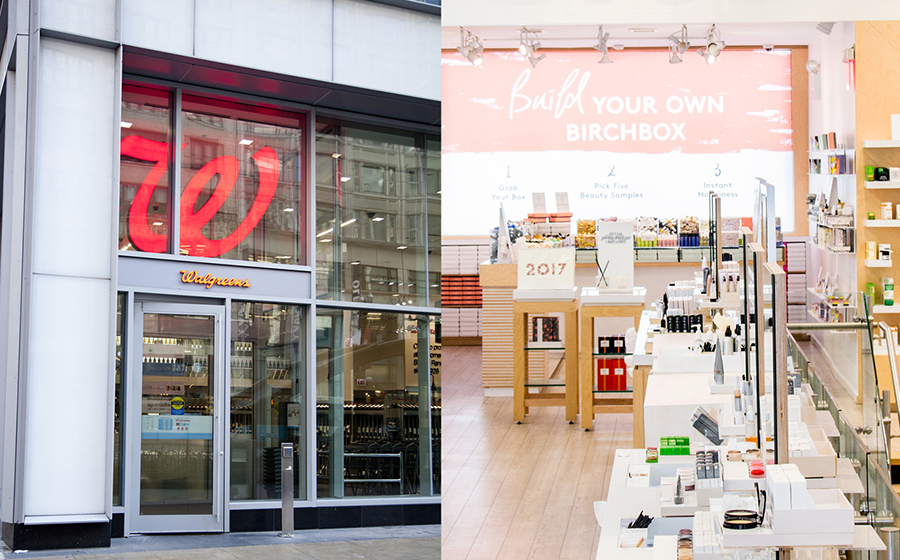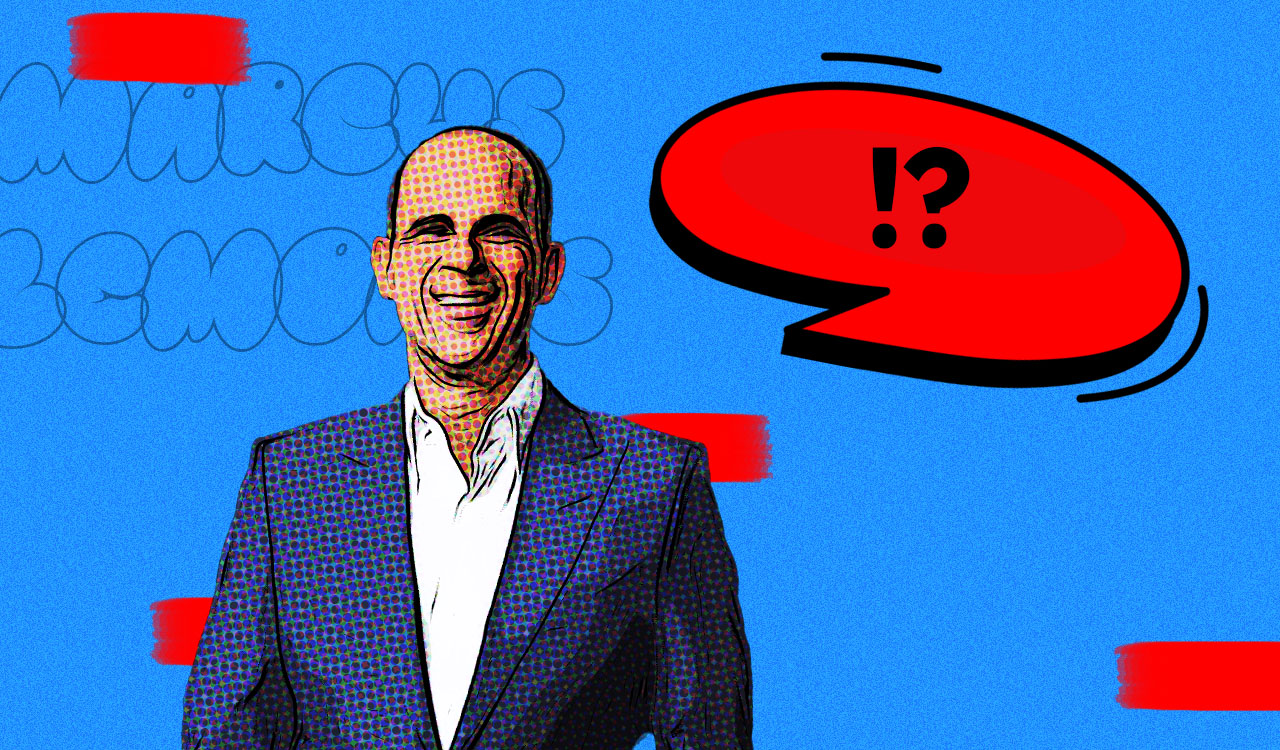Amazon chairman Jeff Bezos was once asked about what he wanted in a relationship; he replied: \”I wanted a woman who could get me out of a Third World prison. Life\’s too short to hang out with people who aren\’t resourceful.\” Some might see that as a rather unromantic attitude – not to mention pragmatic.
Nonetheless desiring a resourceful partner reflects the essence of strategic partnerships in retailing-joining forces to expand and protect the business from the competitive hordes. In today\’s marketplace populated by smart and savvy entrepreneurs, as well as established and successful businesses, going it alone may no longer produce sustainable results. And then there\’s the whole build or buy argument, solved by choice #3 — partnering. The need for relevant technology almost necessitates that a retailer finds partnerships to solve the problem of investing the time and money to develop its own.
\”Even Einstein wouldn\’t have been successful if he didn\’t talk to other people,\” according to Berkshire Hathaway\’s Charlie Munger, whose collaboration with Warren Buffett, the Oracle of Omaha, is legendary. \”Total isolation doesn\’t work. You need interaction,\” Munger adds.
Iconic Partnerships
You don\’t have to go far to see some of the more iconic strategic partnerships in history: Batman and Robin, Rodgers and Hammerstein, Bert and Ernie, Tracey and Hepburn, Cheech and Chong, Thelma and Louise, Holmes and Watson … and Bonnie and Clyde, hopefully with a better ending.
On a more serious note, things don\’t always go so smoothly for partners. Just ask Congress, the EU, NATO or anyone in the West Wing. Here, as in business, finding compatible, collaborative partners is a big win for everyone involved-as long as you follow some basic business rules and don\’t end up mortal enemies bound together by a contentious contract.
- Focus on due diligence to make sure your potential partner can deliver what you need and is the right partner for your stores.
- Clarify each other\’s roles and goals. Make sure your agendas are on the same page.
- Choose a partner who brings something to the table you don\’t have and that complements both businesses.
- Be honest and build trust about your intentions, goals and areas in which your company is weak.
- Make sure everyone understands the legal ramifications of the partnership agreement and clarify who the managing partner in the relationship is. Additionally, both parties should be aware that a strategic partnership is not the same as a legal one.
- Signing a contract is only the beginning. Maintain communication throughout the relationship to keep the relationship alive and thriving.
The Challenge
Over the past couple of years, strategic partnerships have become the norm rather than the exception: Uber and Spotify, IBM and Apple, Walmart and Microsoft, Versace, Armani and Cavalli with hotel chains, Barnes & Noble with Starbucks … and Starbuck\’s with anyone who\’s got a pulse.
Then there are more innovative partnerships including Target with CVS, Kroger and Alibaba, Walmart with digital content provider Vudu and Walgreens with Birchbox.
Like many new businesses, strategic partnerships have a relatively high failure rate. A study by the Business Performance Innovation Network found that 43 percent of these partnerships have high failure rates, while an additional 45 percent are unable to maintain a long-term partnership. One major problem is that more than two-thirds of companies who partner up don\’t have a formal partnership strategy that sets out what each side is bringing to the party and what the goals of the venture will be over the long haul.
A major problem, according to the Network is that too many companies enter strategic partnerships with competing agendas and simply fail to communicate with each other regularly-inadvertently or on purpose. The reality is that partnerships sometimes require the host company to relinquish some control of their business.
Digital Transformations
One poster child example is the strategic partnership between Microsoft and Walmart. This tech solution was designed to speed up the retailer\’s digital transformation with Microsoft\’s cloud solutions, making customers\’ online shopping experiences easier.
Microsoft is also engaged with Marks & Spencer in the UK with a strategic partnership designed to integrate artificial intelligence technology solutions. It also builds on the company\’s new approach to technology, which was announced earlier in 2018, to improve customer service in stores. This partnership is in concert with Marks & Spencer\’s Retail Labs team.Hudson\’s Bay Co. is partnering with tech firm True Fit in order to enhance its fit personalization software on its Thebay.com site. The win for True Fit is getting the brand benefits of a leading retailer and easier access to the Canadian market. The win for Hudson\’s Bay is (hopefully) to reduce returns and enhance the customer experience.
Walgreens deal with Birchbox is an effort to reverse the share loss of its own beauty brands. According to some observers, the chain is losing points to retailers like Ulta and Sephora.
Chinese Marriage
Alibaba, China\’s biggest e-commerce company is partnering with the Bailian Group, a retail conglomerate with about 5,000 stores in China. The retailer gets Alibaba\’s huge data-gathering capability, while Alibaba gets a strong foothold in brick and mortar. In other words, the perfect marriage of online and offline operations for long-term growth.
A similar retail partnership is taking place between Alibaba and Starbucks in China with the goal of building the coffee business in China, whose consumers are just now becoming major coffee drinkers. Starbucks launched pilot delivery services last September and established \”Starbucks Delivery Kitchens\” for delivery order fulfillment. It created a \”virtual\” Starbucks store and collaborated with the Alibaba ecosystem that includes Ele.me, Hema, Tmail, Taobao and Alipay.
Who Wins?
All these corporate machinations are fine and most will take the aforementioned steps to make sure their partnerships succeed. But is the game the same for entrepreneurs who may have more to lose?
As we all know things sometimes look better on paper than they do in the real world. For partner-hungry entrepreneurs, it\’s imperative to know what\’s going to be expected from them before signing any agreement. They also need to find out what the potential partner is willing to share in terms of resources, people and capital. The bottom line is negotiate the terms of what should be a balanced relationship regardless of company size – and don\’t be afraid to walk away from the table.
But for all companies-large and small – the key is to recognize that any partnership is part of your business and should be treated like such, not held at arm\’s length.
Probably one of the best quotes about business relationships came from Alan Greenspan, economist and former chairman of the Federal Reserve who served four American presidents during his 20-year tenure.
\”I have found no greater satisfaction than achieving success through honest dealing and strict adherence to the view that for you to gain those you deal with should gain as well.\”



